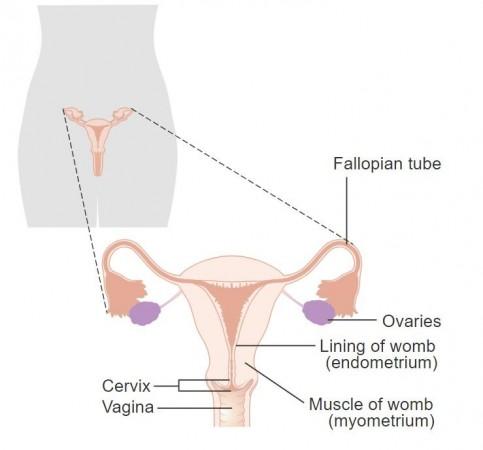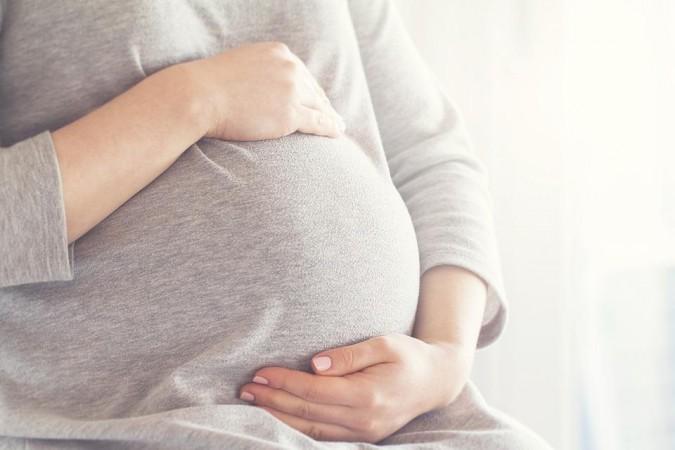Approximately 17.5 percent of adults worldwide face infertility, with a significant number being women. One of the causes of female infertility is complications related to the uterine lining, known as the endometrium. Scientists have recently developed a hydrogel that shows promise in treating such conditions by promoting endometrial repair.
Researchers from Korea have created a hydrogel using decellularized extracellular matrices (dECMs), which are biomolecules that mimic the environment of uterine cells and facilitate endometrium regeneration. Through animal studies, they also identified proteins closely involved in the repair process. The findings of this study were published in the journal Advanced Functional Materials.
Dr. Dong-Woo Cho, the lead author of the study, expressed hope that further research on the clinical application of this uterine tissue-specific hydrogel can provide hope to individuals struggling with infertility.

The endometrium, the inner lining of the uterus, plays a crucial role in preparing for implantation, supporting pregnancy, and facilitating menstruation if pregnancy doesn't occur. Abnormal thickness of the endometrium significantly reduces the chances of successful embryo implantation and increases the risk of miscarriage, contributing to female infertility.
Common treatments for endometrial complications include hormonal therapy, endometrial injections, and in vitro fertilization (IVF). The researchers aimed to investigate the potential for endometrial regeneration and developed a hydrogel using decellularized extracellular matrices (dECMs), which are obtained from tissues or organs by removing cellular components.
dECMs closely resemble the natural tissue environment and provide a three-dimensional framework for tissue engineering and regenerative medicine. They are also used in 3D printing for tissue fabrication. For this study, the team utilized a uterus-derived decellularized extracellular matrix (UdECMs) to create the hydrogel.

To confirm the effectiveness of the hydrogel, the team tested it on a mouse model. The hydrogel exhibited characteristics of both the complete uterine tissue and a specific layer within the endometrium, with a protein composition similar to that of the endometrium's constituents.
When the mice were injected with the hydrogel, it promoted the recovery of endometrial thickness, creating an ideal environment for embryo implantation. The hydrogel showed low cytotoxicity, ensuring a 90 percent survival rate among the implanted embryos.
Further analysis revealed that two proteins, insulin-like growth factor (IGF1) and insulin growth factor-binding protein (IGFBP3), played a role in the UdECM-mediated regeneration of the endometrium. IGF1 regulates the effects of growth hormones, while IGFBP3 manages the actions of IGFs in the body. These proteins are primarily produced in the liver.
Future research
The researchers believe that this finding can serve as a basis for future research on endometrial regeneration. Moreover, depending on the type of tissues used to manufacture the hydrogel, such as muscles and endometrium, it demonstrated therapeutic effects against various conditions, including intrauterine adhesions and repeated implantation failures.
The study suggests that the distinct therapeutic effects of UdECMs from different origins, based on the endometrial conditions of patients, hold potential for personalized regenerative medicine in infertile patients with a poor uterine environment.

















